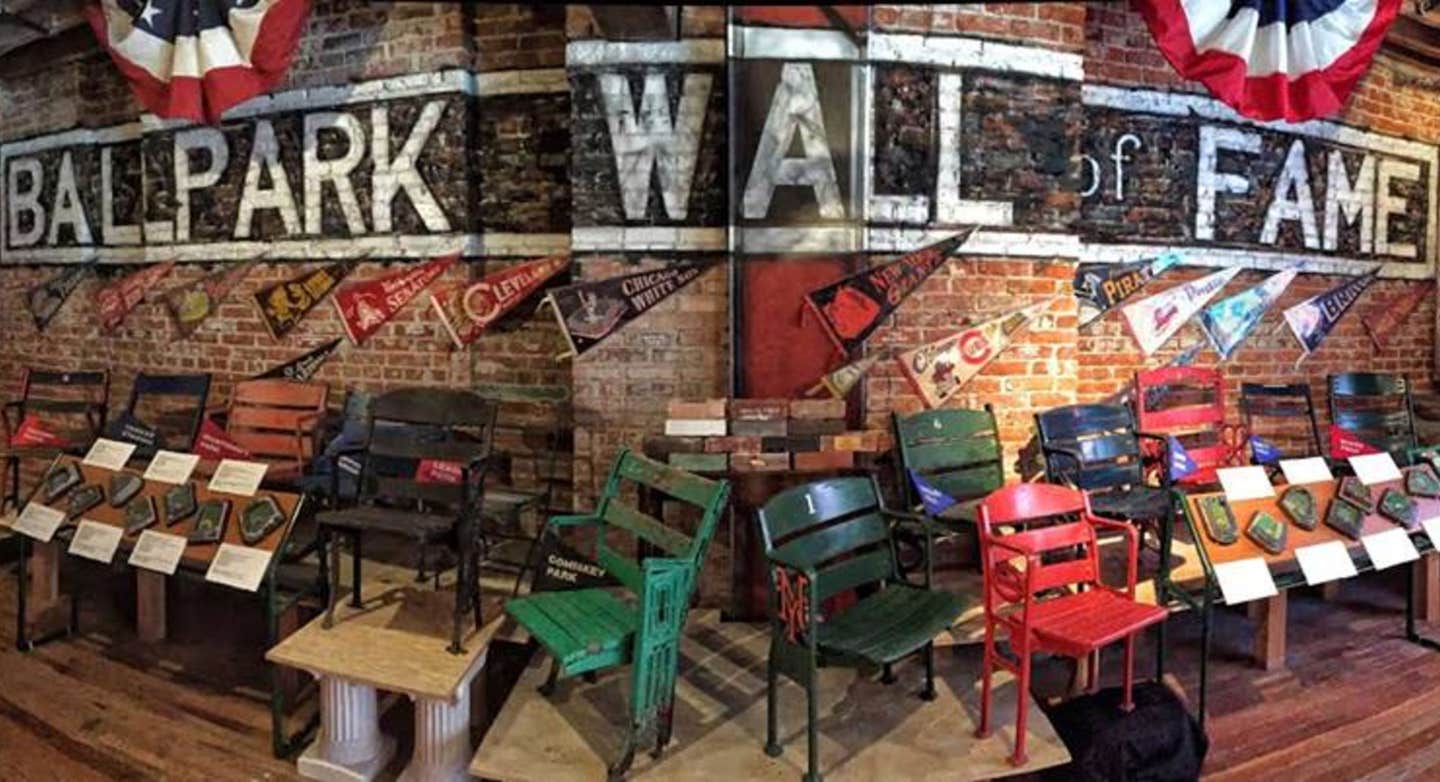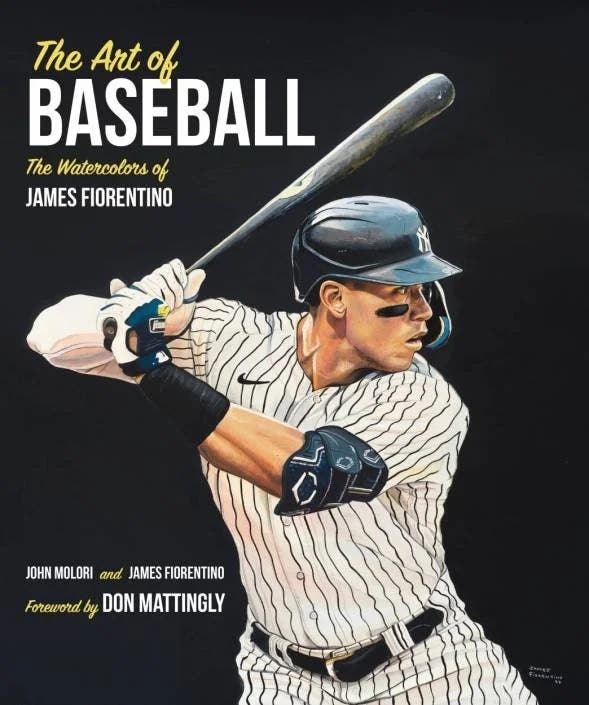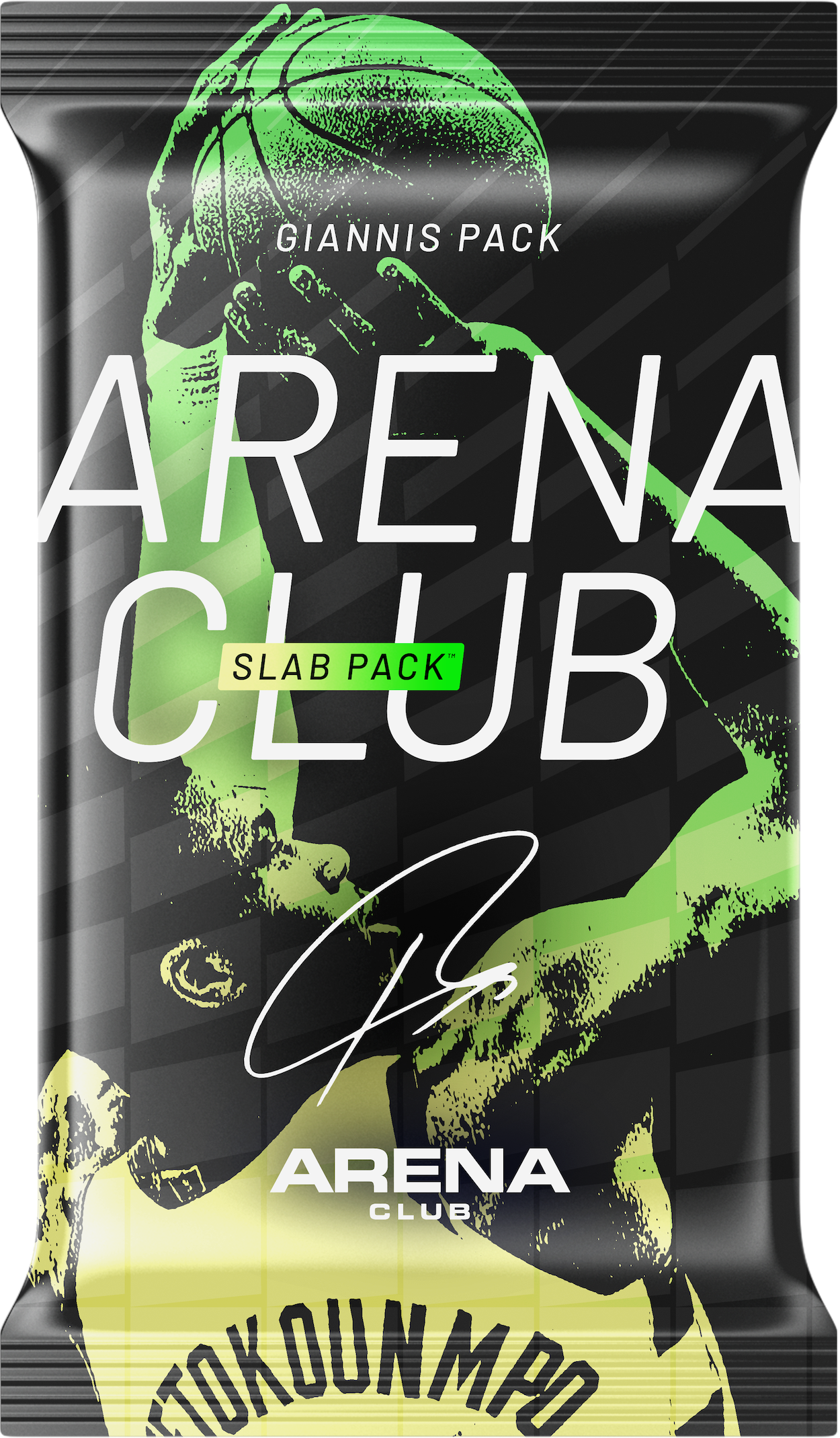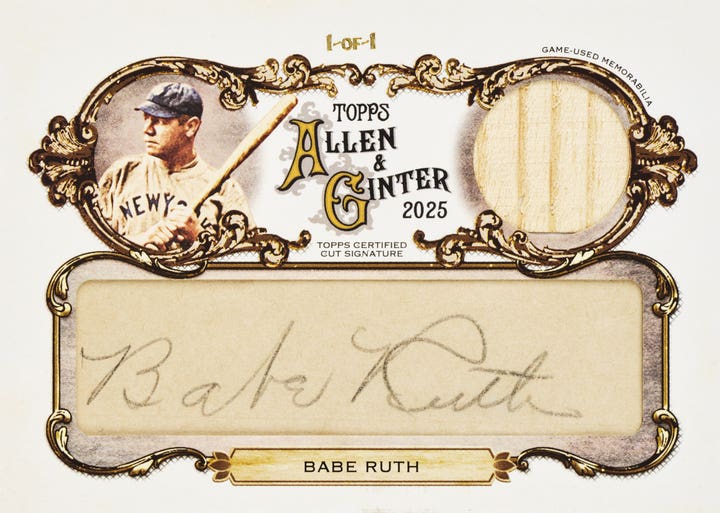
News
National Ballpark Museum a treasure for baseball fans
In our last Stadia Collectors column, I profiled the Stadia collection of my friend Richie B., who managed to shoehorn an incredible number of seats, signs and other ballpark memorabilia into a relatively compact space in his downstairs level.
As he gave me the grand tour I kept saying, “You’ve got enough for a small museum here.” Alas, like many of us who are proud of our collections, Richie is not able to share his accumulation of memorabilia with more than a couple of people at a time and maneuvering through the tight walkways of his basement is a challenge.
But what if you could open a museum to the public and proudly display your treasures? Would you do it?
Bruce Hellerstein did.
By day, Hellerstein runs his own accounting firm in Denver, Colo. We talked over the years as he pursued various pieces for his ever-growing collection. But when the Richie B. article ran, Bruce was among the first to contact me with admiration for what Richie had accomplished. It was only then that I found out what Bruce had been up to the past few years — and it’s quite a tale.
So, without further ado, here is the interview I had with him recently about his wonderful accomplishment, the National Ballpark Museum, which is appropriately located across the street from Coors Field, site of the 2021 MLB All-Star Game.
SCD: What drew you to Stadia?
BH: It all started with a “show and tell day” in the second grade. This girl told about a trip to Bears Stadium in Denver. [Editor’s note: Bears Stadium was opened in 1948, with an original capacity of 18,000, and housed the minor league Denver Bears and the Denver Zephyrs. It was later expanded and renamed Mile High Stadium and served as the longtime home field of the AFL/NFL Broncos. It was also the first home stadium of the Colorado Rockies from 1993-1994 before they moved to Coors Field.] I was so intrigued that I rushed home and asked my parents to take me there. It was the first of many trips. And in those days, you could talk to the players. I would always ask them where else they had played, and what those places were like. So, from the start, it was more about the venues for me.
I started collecting cards and such as a kid, but there was something about the ambience of the parks that attracted me, especially the facilities located in the middle of an urban area. To look past the outfield walls and see the surrounding buildings is magical. If Coors Field was stuck out in the suburbs somewhere it would take away from the experience of enjoying a ballgame. It’s like if you went to hear the Boston Pops in a high school gym. They might sound just as good, but the experience wouldn’t be the same. The location of places like PNC Park in Pittsburgh, Tiger Stadium in Detroit, Camden Yards in Baltimore, and Yankee Stadium enhances the visitor’s experience.
Like most of us in the hobby, I began with the cards from my childhood, notably cards from the ‘50s and ‘60s. But even with the cards, I paid attention to the ballpark pictured in the background. For example, Topps used Yankee Stadium and Ebbets Field for their photos. So, when I started traveling, attending games in other cities, I always picked up postcards of that ballpark, and began to amass a large collection. These might not be the most popular collectible, but I just loved them.
My first actual MLB ballpark was Kansas City Municipal Stadium because it was closest to Denver. I went there so many times I could even describe it to you in detail. But that was topped the first time I went to Crosley Field in Cincinnati. I still have dreams of that place, and I was a freshman in college when I went! If there was ever a place that had “ballpark” written all over it, it was Crosley. I realized then that these old ballparks were the very essence of baseball.
Then, when I was in my 30s, I went to one of those “personal development” seminars, where the opening activity was finding out everyone’s “perfect paradise” and having us visualize it. Well, people were saying things like a mountaintop in the woods, or a tropical island. I found myself thinking of ballparks. That’s when it hit me: I would create a ballpark room in my basement, starting with the old classics and adding on later. That’s when my Stadia collection really took off — the mid-80s.
SCD: What were some of the methods you employed for acquiring your first pieces?
BH: It was hit and miss. I actually started with a work of art by a local painter (who knew nothing about baseball), whom I commissioned to create a panoramic 8x12 painting that became the collection’s display centerpiece. It was a collage of different old parks that I coordinated with the painting of the floor of the room, which also had a ballpark motif. One by one, I then started acquiring the seats, beginning with the “Classic 14” original parks. Of course, to finance this proposition, something had to go, so I sold the bulk of my cards. Next, for the walls came ballpark lithographs from Bill Goff and the old Gene Mack caricatures (featured in the classic book Take Me Out to the Ballpark) he did on the history of the various parks.
Then one day I was walking with my daughter in downtown Denver when she pointed out a huge handmade wood reproduction of the Wrigley Field scoreboard in the window of an antique shop. I purchased it for a couple hundred dollars. The problem was that it is 14 feet wide and 12 feet high, so we actually had to saw it into three sections to get it down into the basement. (It’s now in the “Wrigley Room” in the museum.) I then acquired a vintage Wrigley Field pinball machine, ushers’ uniforms, a piece of the original Yankee Stadium copper façade from a Lelands auction, and a piece from the Baker Bowl in Philadelphia. I also started amassing a comprehensive collection of ballpark books, which I’m still adding to.
SCD: As a long-time reader of SCD, did the magazine play a role in your collection’s evolution?
BH: Oh, incredibly so, especially in the early years. I would comb through the classified ads for Stadia items, and I so look forward to your ballpark articles. Finally, there was someone who spoke to my passion! I learned so much about the old parks and their relics. When you were in an issue, I went there first, no matter what was on the cover.
SCD: So now you had an incredible home collection. What prompted you to take it to the next level?
BH: Well, being a CPA and understanding the roles for becoming a non-profit entity as far as taxes and estate planning, I started to get the idea of what to do next. But then, the light really went on when I paid a visit to Turner Field in Atlanta. If you entered through the centerfield gate, there was a non-profit museum for Milwaukee/Atlanta Braves memorabilia. A person who worked there told me it was a “501C3” museum, and I said to myself, “What I have in my basement would not take a backseat to this place. I’m going to create a non-profit museum myself.”
SCD: What difficulties did you encounter in making this happen?
BH: Back in 1999, I applied to be a non-profit because, income tax-wise, there was a substantial deduction for donating my collection. You see, it was important to me that this collection would become my gift to the community in Denver that would live its own life way beyond my years. That was incredibly important for me, because I love this game and its ballparks like nobody else.
Interestingly, the museum was at first located in my basement, if you can believe that. I worked it out after a lot of back and forth with the IRS to get an exemption, but not until I’d agreed to establish regular museum hours and advertise publicly for people to come to my house to see the museum. I know this sounds crazy, and you can imagine the difficulties, security and otherwise, with having people traipsing through your house, but this was imperative in having the IRS give me its approval. That lasted for about ten years. But then a space opened up across the street from Coors Field, and I thought it would be the perfect location for both the museum and my CPA office. So, we made the move to this historical 1895 brick façade building. Since then, the size of the collection tripled to fill the extra space I now had. At present we feature nine separate rooms.
SCD: Any problems moving the collection from your basement to the new location?
BH: It took almost a year to get everything there, and then another couple of years to get the place sectioned to where I felt the memorabilia was properly displayed and aesthetically pleasing. Remember, I had a day job, too. But it eventually got done.
SCD: You offer private, guided tours. As you are walking people around, which items do you single out for them?
BH: Obviously, the pieces of actual ballparks come first, but among these, the light fixture from the Ebbets Field rotunda is phenomenal, almost spiritual. Then, there’s an arched window from the façade of Forbes Field that was not converted into a mirror; therefore, when I installed it in the front window of the museum, you could see right through it to the interior. It fit perfectly.
Then recently, I found another item that led me to a still greater find. There was a Huggins-Scott auction earlier this year that featured a sign that hung over the main entrance to Connie Mack Stadium. It was large and cost a ton, but I just had to have it. Afterwards, when the auction people figured I had to be crazy to want something that big, they suggested another item in their possession: the actual bronze cornerstone from Griffith Stadium in Washington. So, I acquired that too. There’s also a 2.5x3 terra-cotta piece from the original Yankee Stadium entrance with the famous eagle design, accompanied by baseball gloves. To my knowledge, it’s the only one in a private collection.
Finally, there’s an entire Crosley Field player locker and the third base bag from the last game there. Actual physical things, whether it be these or the seats and turnstiles, are artifacts of American history; and the 14 Classic parks, from Braves Field to Yankee Stadium, are prominently represented.
SCD: What are the reactions of your museum visitors, and how does it vary with their age?
BH: The first thing that blows my mind, especially in light of what MLB and the media put out there about youth losing interest in the game because it’s too slow, too boring, etc., is that young people love this stuff. And the sweet spot for developing that love is between the ages of 7-10. The key is getting them into the museum to experience the history, because in today’s world kids have gotten away from reading about baseball as you and I did, or have been forced to accept a watered-down product. Once I get them inside, they really gravitate to the historic artifacts.
Then, the “old farts” like me like to reminisce about baseball in their youth, and a lot of this depends upon where they are from. Baseball is a very regional game, and people are devoted to their teams. So, when they travel to Denver as a tourist destination or to take in a game at Coors Field, they find themselves across the street in my museum and can’t wait to share the memories of their home ballpark. Of course, I also feature displays on the all-time great players, especially Babe Ruth. (As a CPA, I couldn’t help acquiring and displaying his tax returns for 1932. People love seeing this.) And that sparks conversation. I actually have a ball signed by Ruth and Lou Gehrig from when they were barnstorming in Denver in the early ‘30s. You know, Denver had a rich baseball history with the Bears, who were perennially one of the best minor league ball clubs in the country. Unfortunately, the Rockies don’t pay much attention to it.
If you’re in Denver, the National Ballpark Museum is a definite must-see. For museum hours, check out their website ballparkmuseum.com or call 303-974-5835. And if you’d like to make a tax-deductible donation, let them know.
— Until next time, please stay seated! Email Paul at baseballjourney@optimum.net and visit his website paulferranteauthor.com.








